Your Complete Guide to Getting Fruity in Chinese 🍓
Learn 56 Different Fruits in Mandarin
Want to learn all the different kinds of fruit in Chinese? Then you’ve come to the right place.
Time to get healthy!
What better way to get started than to fill up the shopping basket with some fruit and vegetables?
When you’re done learning fruit in Chinese check out our blog on vegetables in Chinese!
Fruits in Chinese || Most Common
Fruits in Chinese || Long List
Fruits in Chinese || Strange Chinese Fruits
Fruits in Chinese || Quiz
Fruits in Chinese || FAQs
Fruits in Chinese || Most Common
Check the top 20 most common fruit in Chinese with these simple flashcards!
Didn’t see what you’re looking for?
Search below for our full guide to learning all fruit in Chinese.
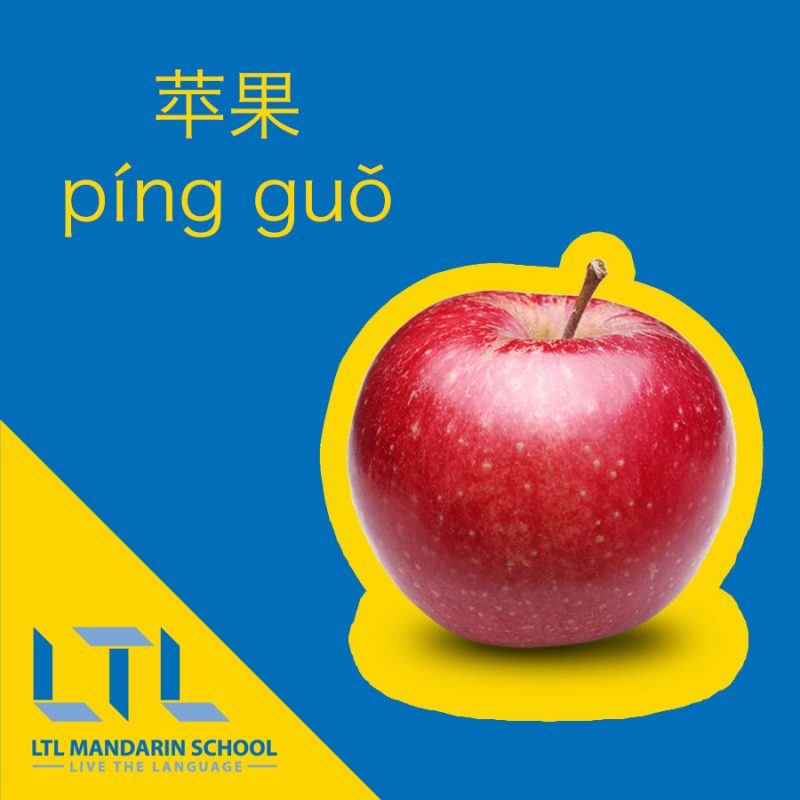
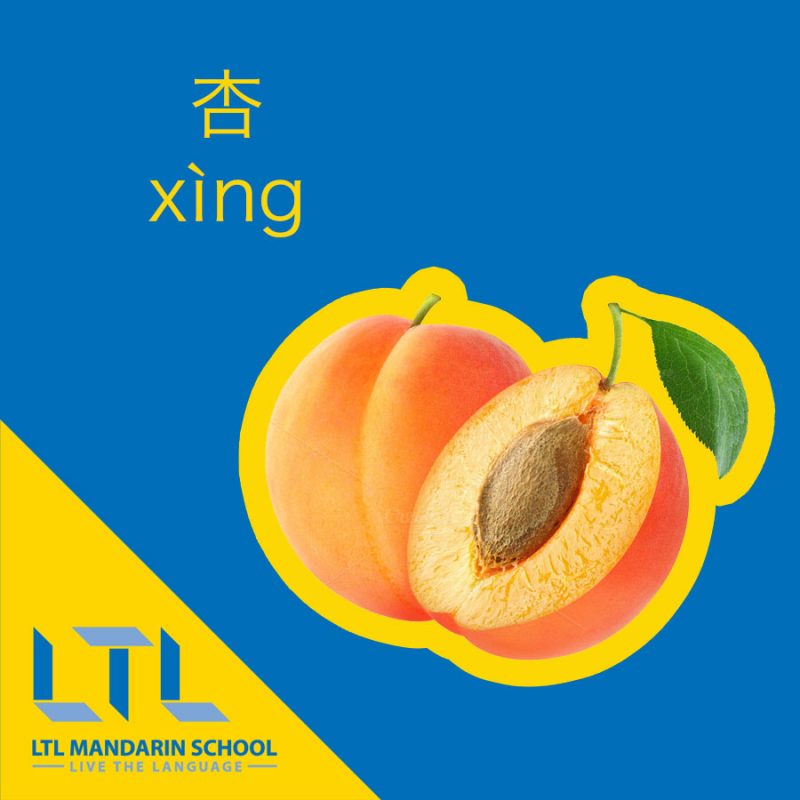
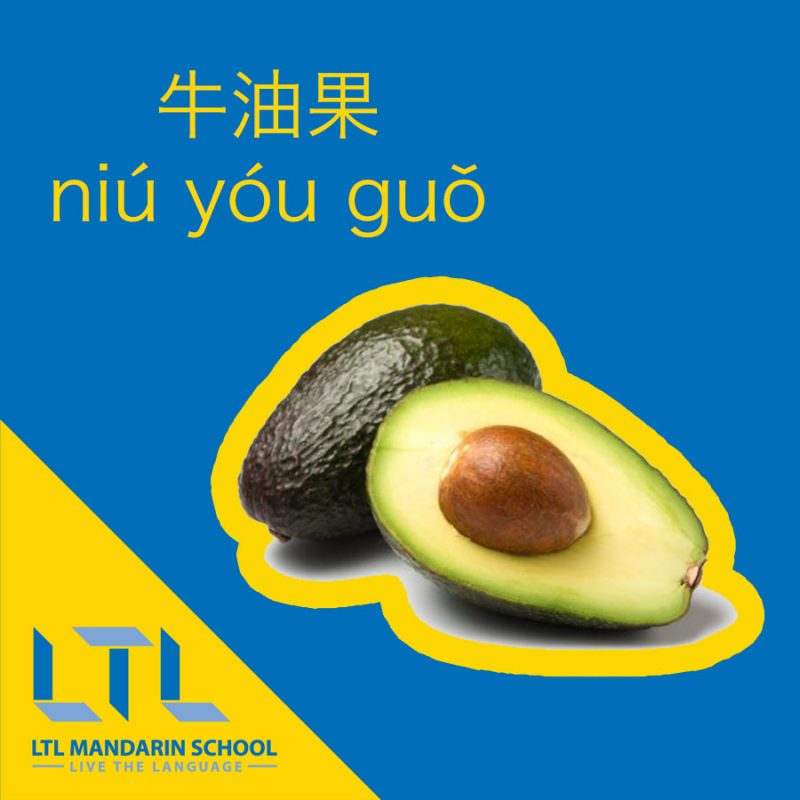
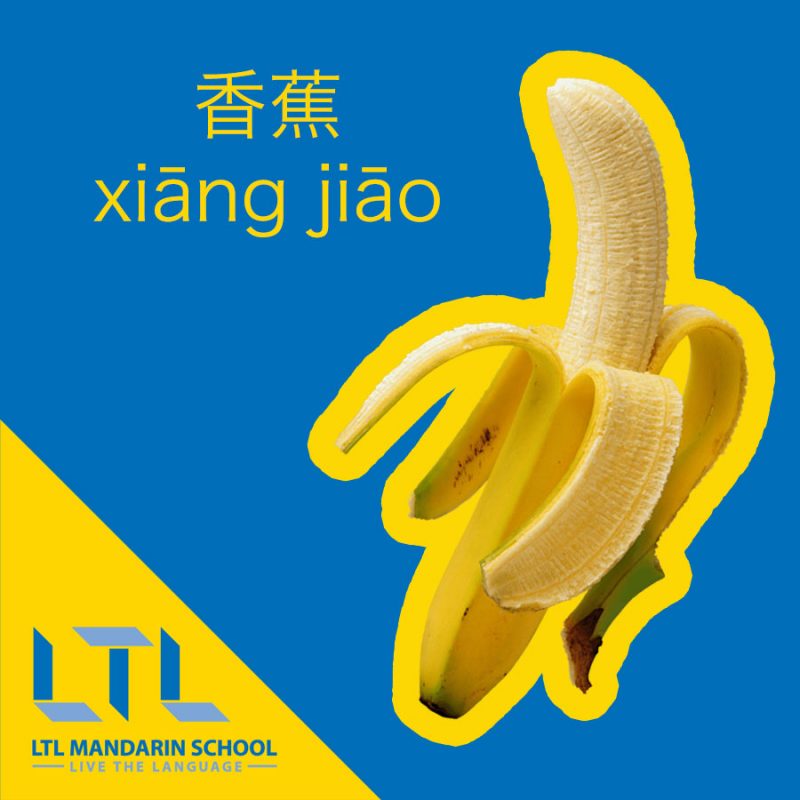
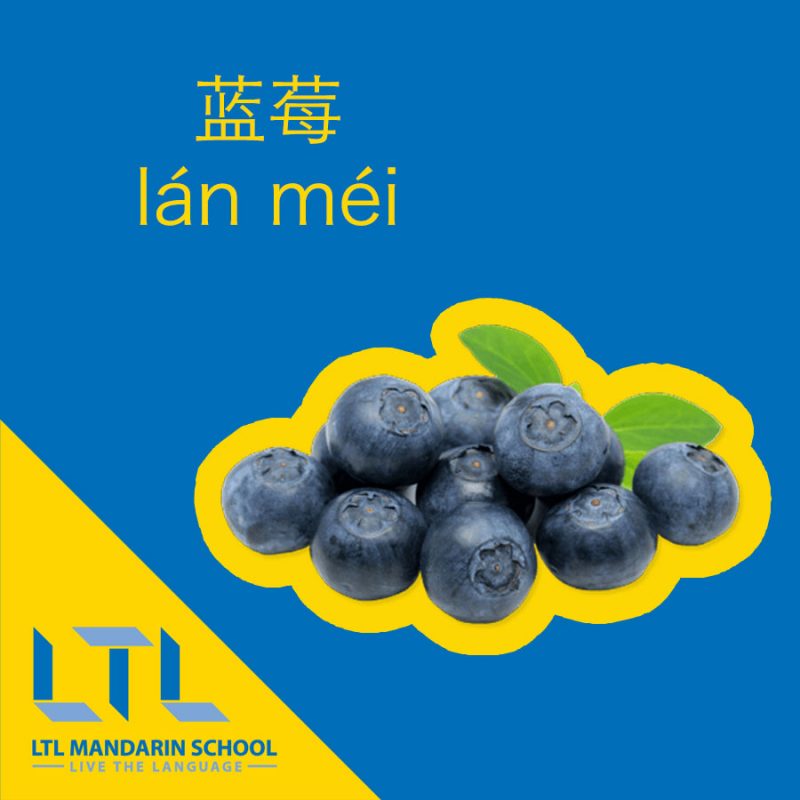
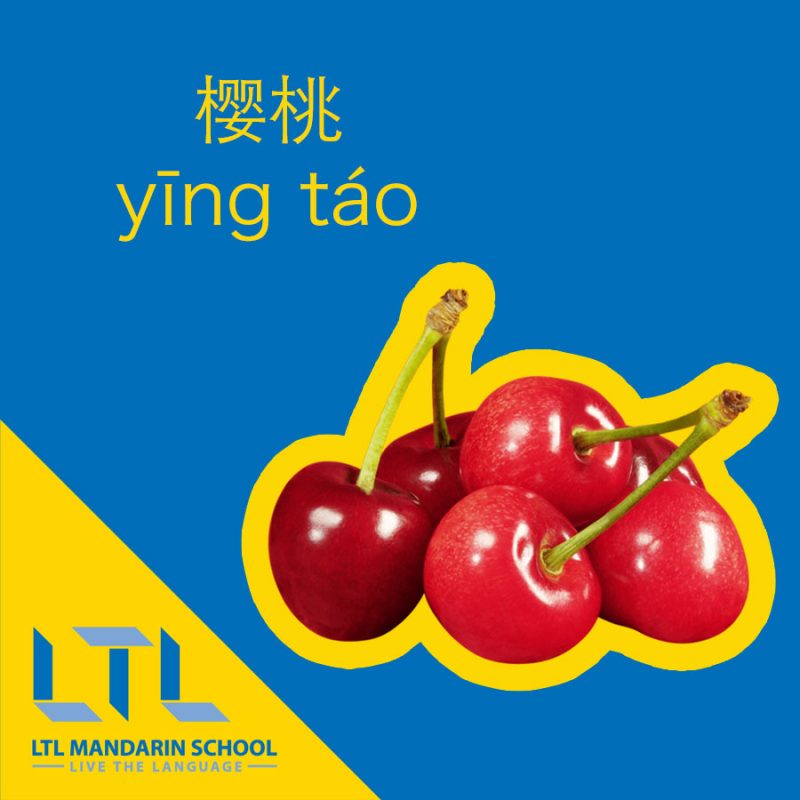
Are you a vegan or vegetarian living in China?
Being a vegan in China is not without its challenges. Thankfully there are others who have paved the way to show how it’s possible.
Check out our blog on being Vegetarian in China and some stories from our students who have “been there done that”!
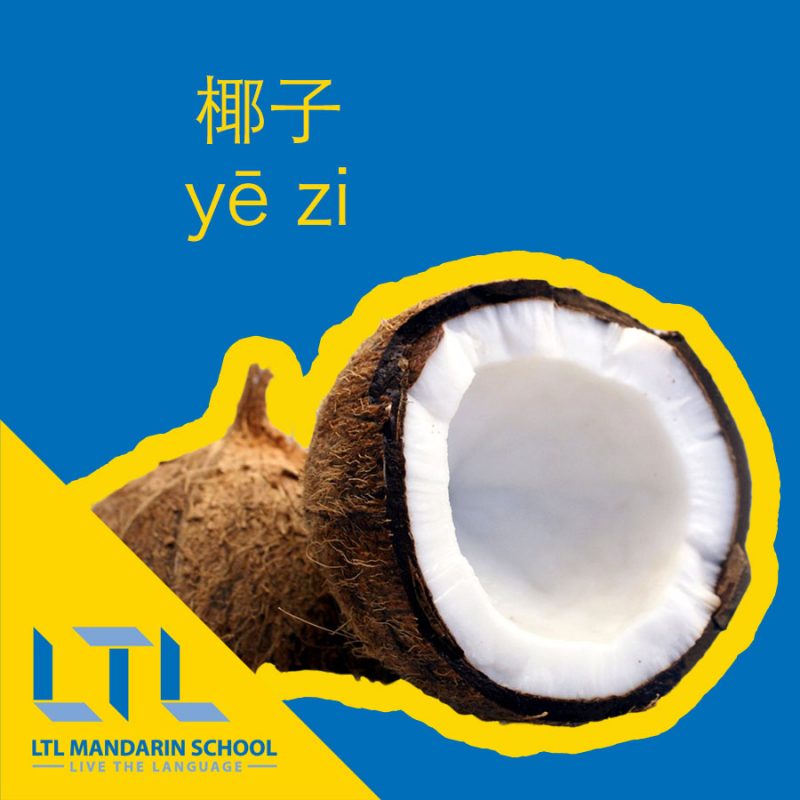


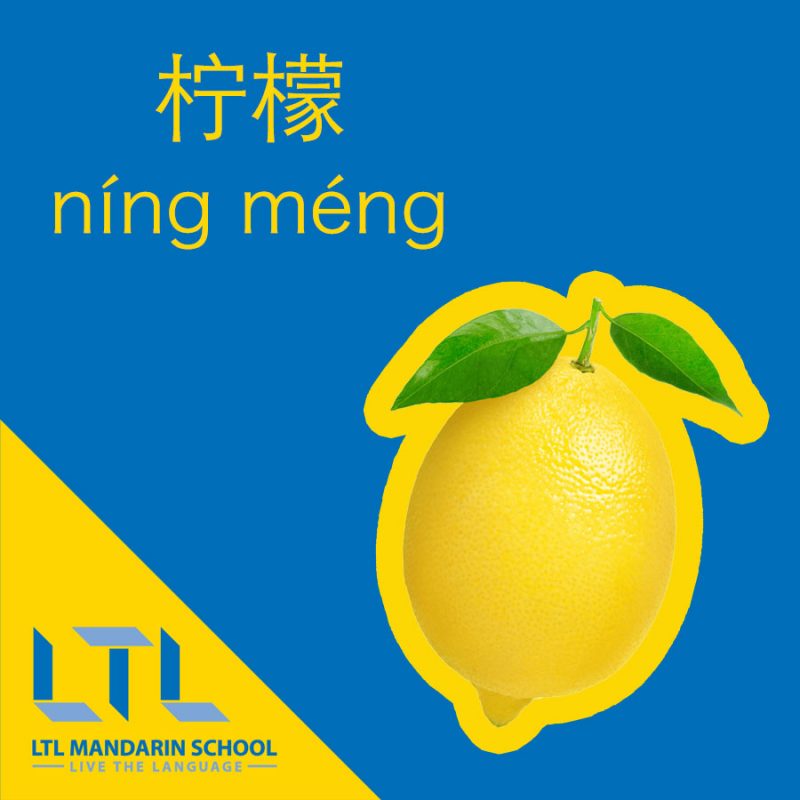
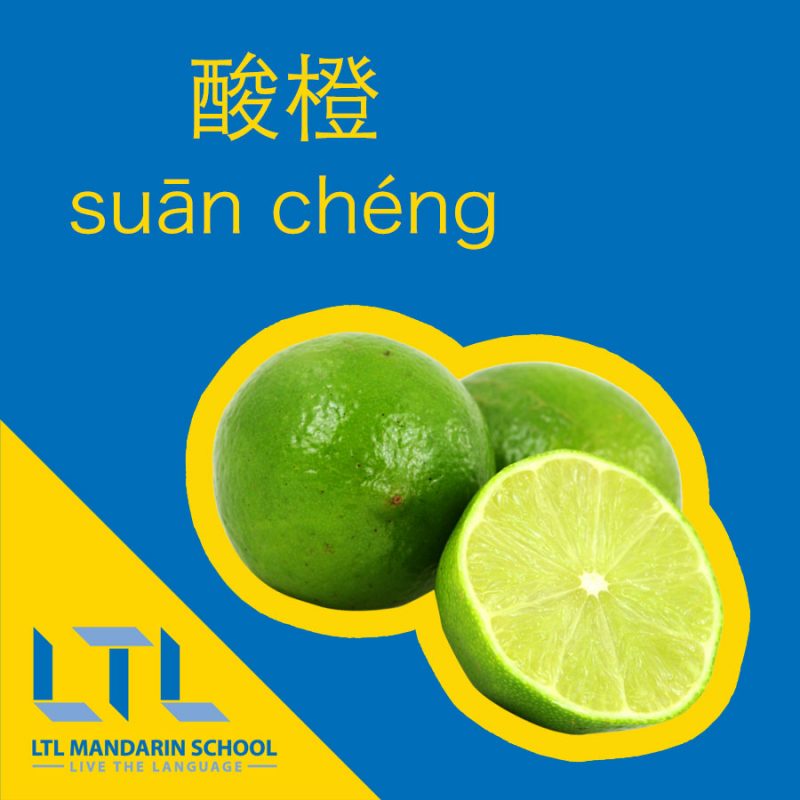
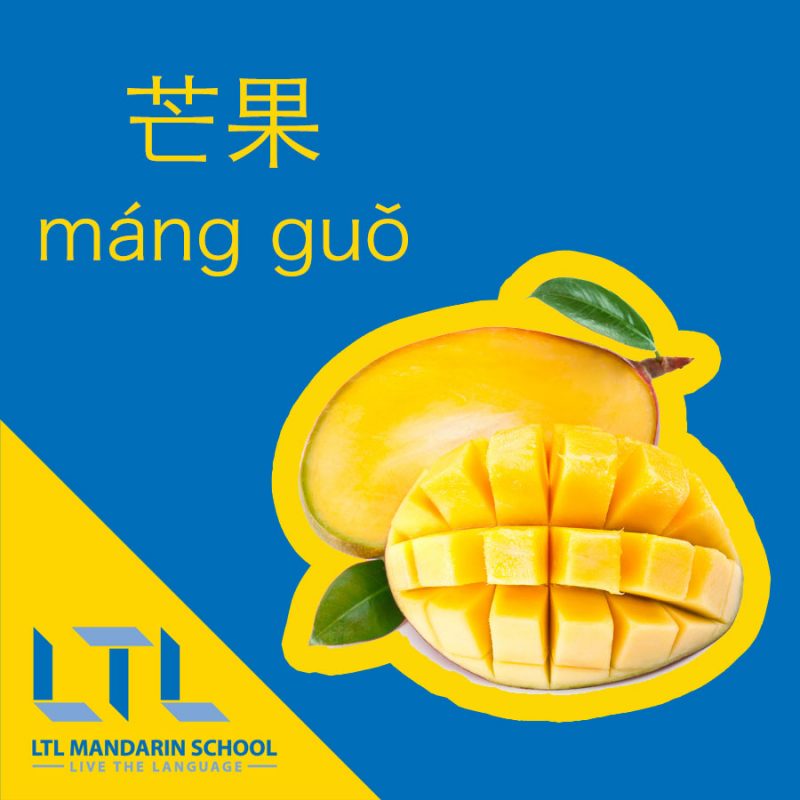
Enjoying these flashcards of fruit in Chinese?
You might also be interested in what a traditional breakfast in Taiwan looks like.

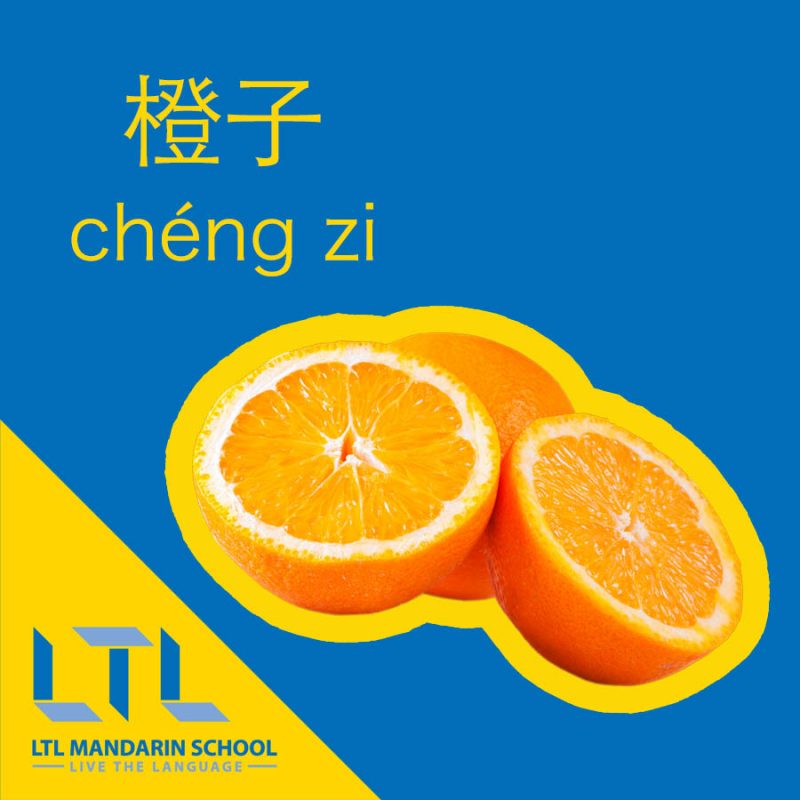
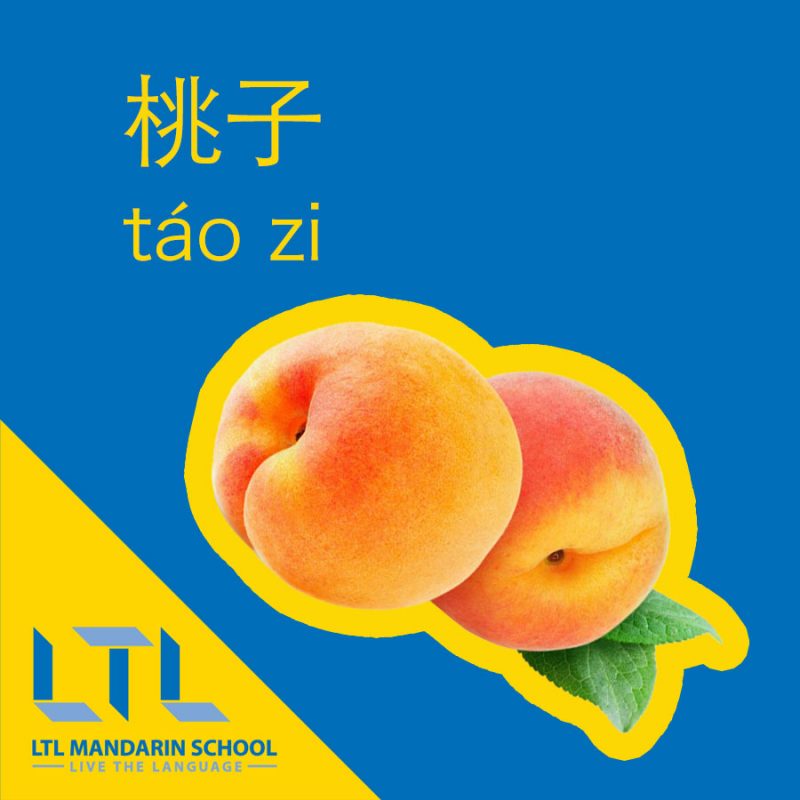
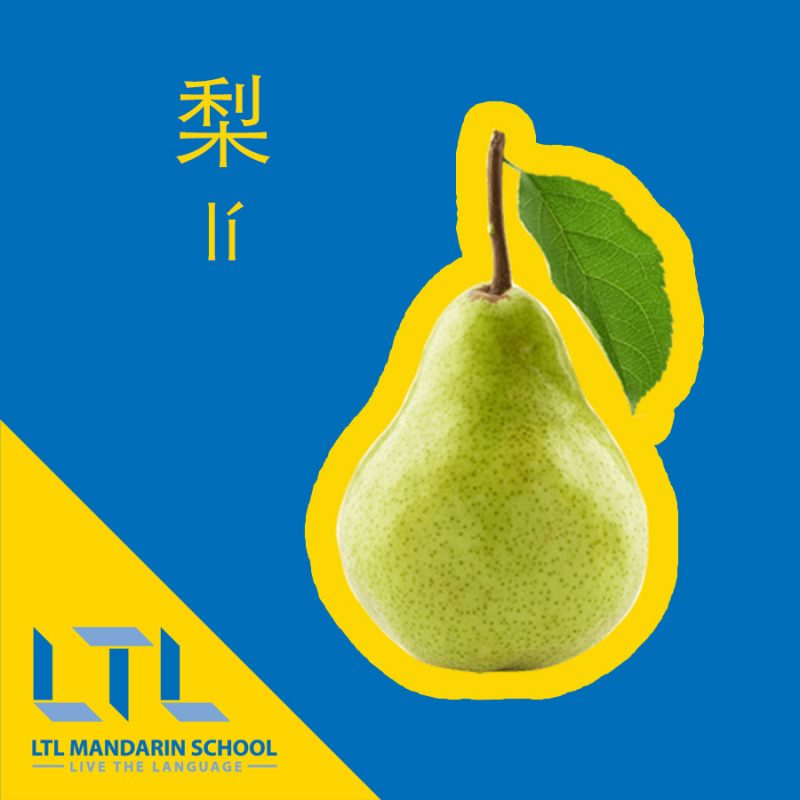
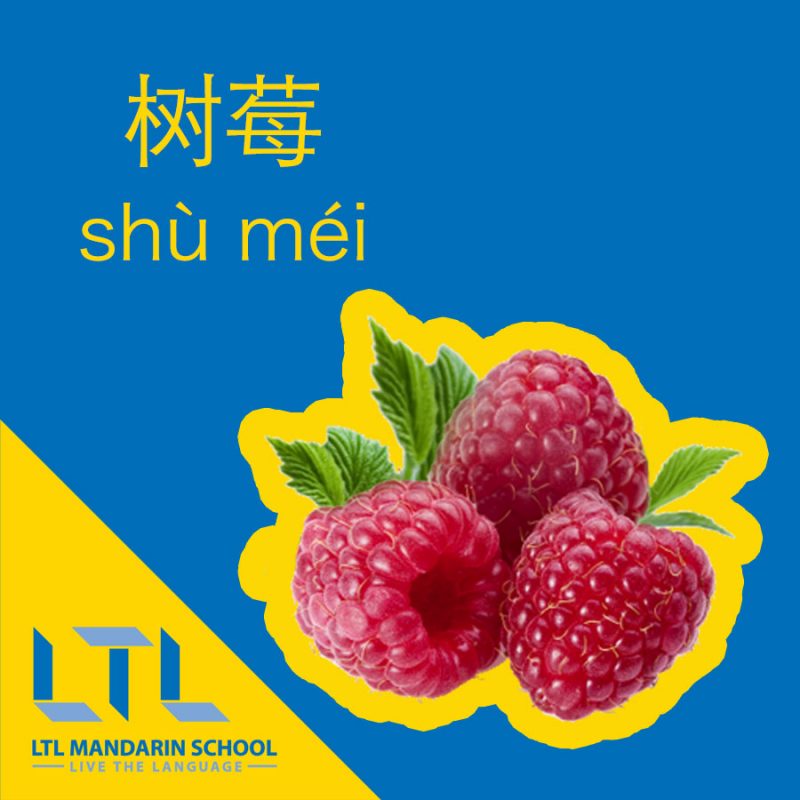
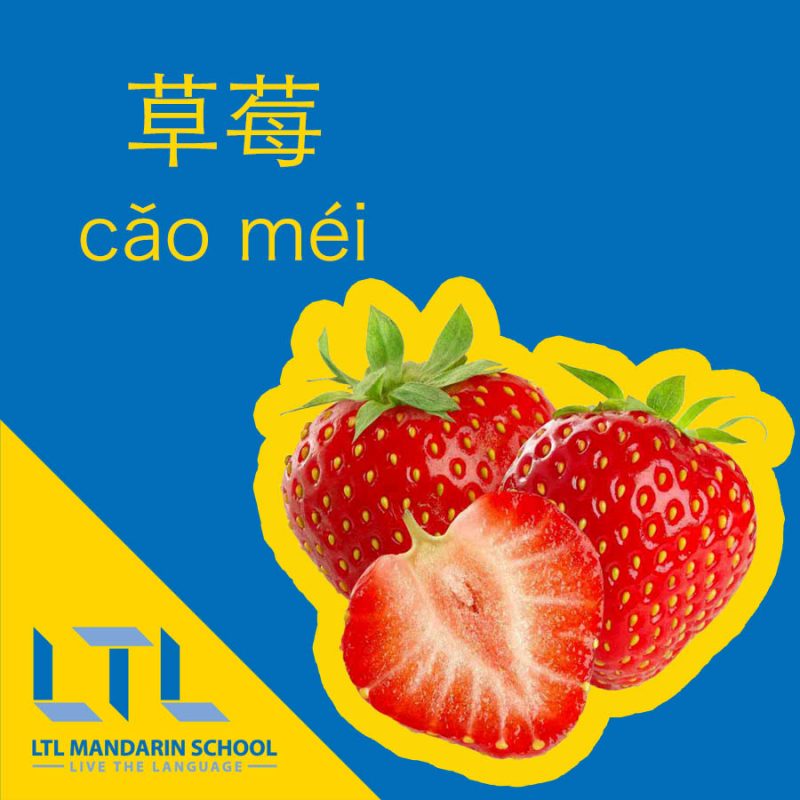
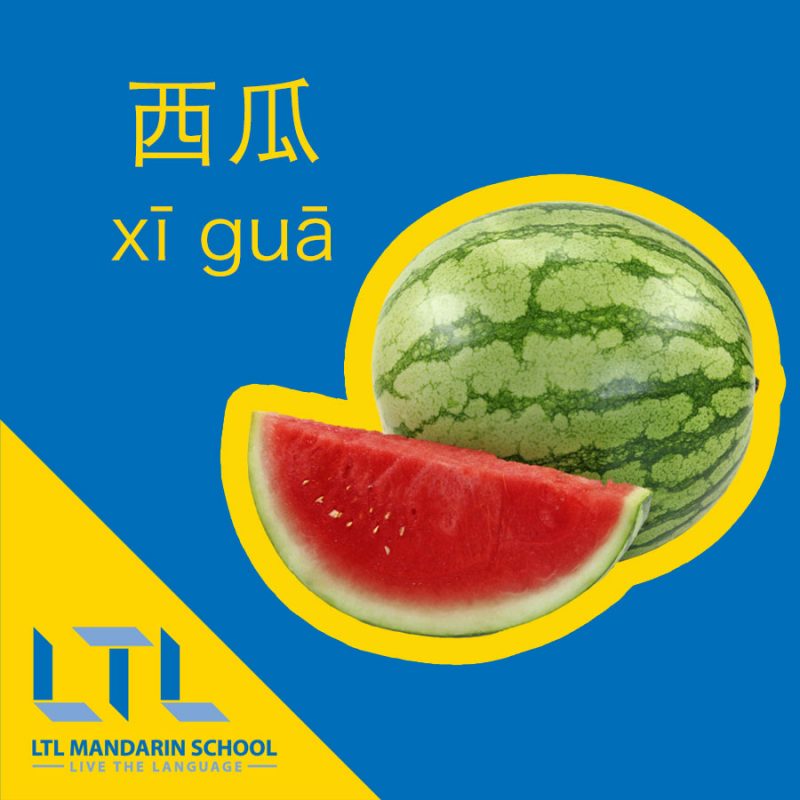
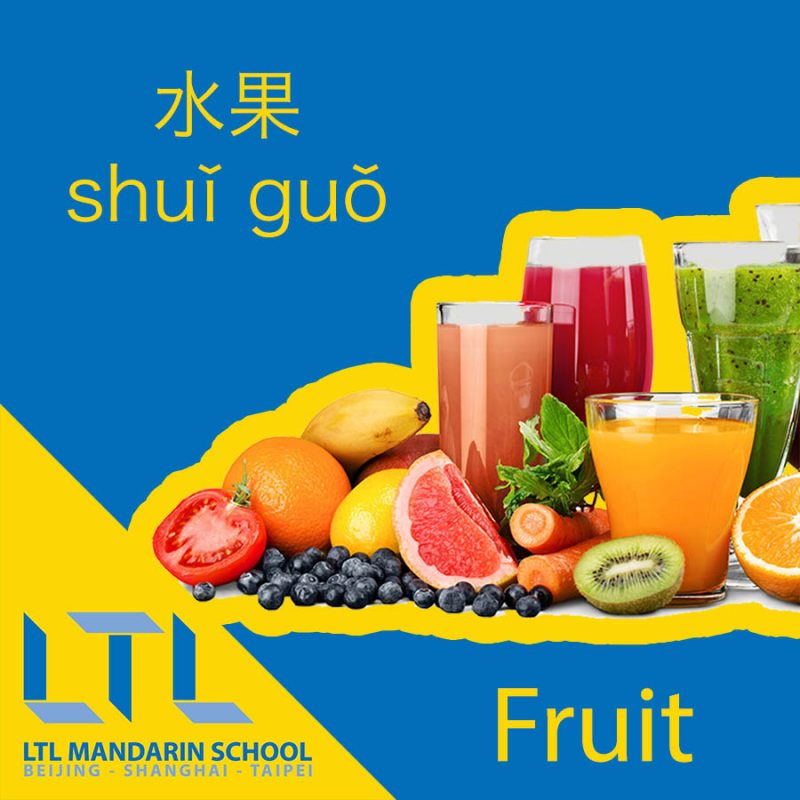
Fruits in Chinese || Long List
Didn’t find the fruit you were looking for?
Not to worry we’ve translated them all with this helpful mega list of fruit in Chinese.
| Fruit in English | Hanzi | Pinyin |
|---|---|---|
| Apple | 苹果 | píng guǒ |
| Apricot | 杏 | xìng |
| Avocado | 牛油果 | niú yóu guǒ |
| Banana | 香蕉 | xiāng jiāo |
| Blackberry | 黑莓 | hēi méi |
| Blackcurrant | 黑树莓 | hēi shù méi |
| Blueberry | 蓝莓 | lán méi |
| Cherry | 樱桃 | yīng táo |
| Coconut | 椰子 | yē zi |
| Cranberry | 蔓越莓 | màn yuè méi |
| Date | 枣 | zǎo |
| Dragonfruit | 火龙果 | huǒ lóng guǒ |
| Durian | 榴莲 | liú lián |
| Goji Berry | 枸杞 | gǒu qǐ |
| Grape | 葡萄 | pú táo |
| Grapefruit | 柚子 | yòu zi |
| Guava | 番石榴 | fān shí liu |
| Jackfruit | 菠萝蜜 | bō luó mì |
| Jujube | 枣 | zǎo |
| Kiwifruit | 猕猴桃 | mí hóu táo |
| Kumquat | 金橘 | jīn jú |
| Lemon | 柠檬 | níng méng |
| Lime | 酸橙 | suān chéng |
| Loquat | 枇杷 | pí pá |
| Longan | 龙眼 | lóng yǎn |
| Lychee | 荔枝 | lì zhī |
| Mango | 芒果 | máng guǒ |
| Mangosteen | 山竹 | shān zhú |
| Melon | 瓜 | guā |
| Cantaloupe | 哈密瓜 | hā mì guā |
| Watermelon | 西瓜 | xī guā |
| Mulberry | 桑葚 | sāng shèn |
| Nectarine | 油桃 | yóu táo |
| Orange | 橙 | chéng |
| Tangerine | 柑橘 | gān jú |
| Papaya | 番木瓜 | gān mù guā |
| Passion fruit | 百香果 | bǎi xiāng guǒ |
| Peach | 桃子 | táo zi |
| Pear | 梨 | lí |
| Persimmon | 柿子 | shì zi |
| Plantain | 芭蕉 | bā jiāo |
| Plum | 李子 | lǐ zǐ |
| Prune | 西梅 | xī méi |
| Pineapple | 菠萝 | bō luó |
| Pomegranate | 石榴 | shí liu |
| Raspberry | 树莓 | shù méi |
| Rambutan | 红毛丹 | hóng máo dān |
| Strawberry | 草莓 | cǎo méi |
BONUS || Strange Chinese Fruits
Think we are done with Chinese Fruit? Not yet!
Now that you know how to name all of your favourite fruit in Chinese, let’s have a look at some unusual and strange fruits you might stumble upon during your stay in China.
China is a weird and wonderful place for many reasons, and Chinese fruit is another thing you can add to that list.
Want apples, pears and oranges? Sure no problem, but why have those when you can have…
Dragon Fruit, A Buddha’s Hand, and the much maligned Durian!
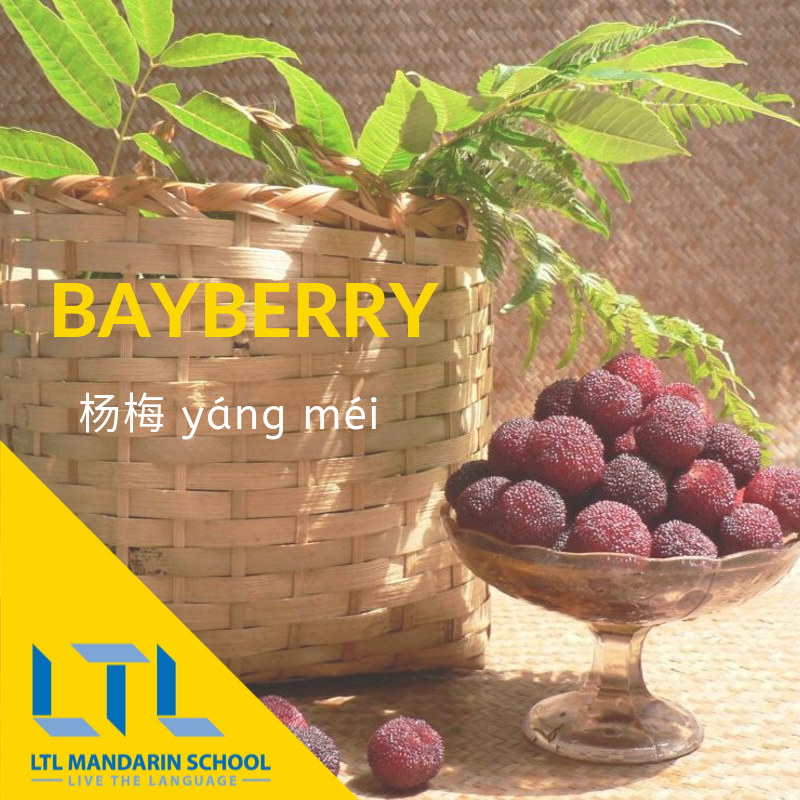
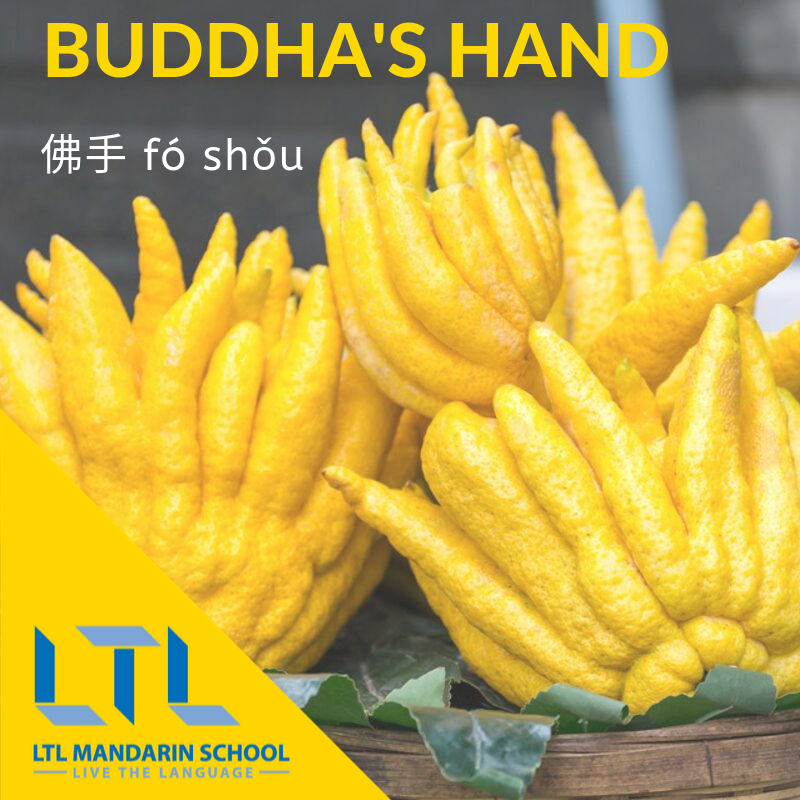
Chinese Fruit || What’s the Deal
Chinese fruit is BROAD, there are so many, some with familiar names, and some not! To be brutally honest, a lot of these fruits, despite an odd look to them, have wonderful flavour that is worth tucking into.
For example, let’s take the Mangosteen (which actually originated from Indonesia funnily enough).
Despite looking not so fruit like upon first glance, get peeling and you’ll discover a lovely fragrant smell, which gives off a tangy, rather sweet taste. Not so bad right?
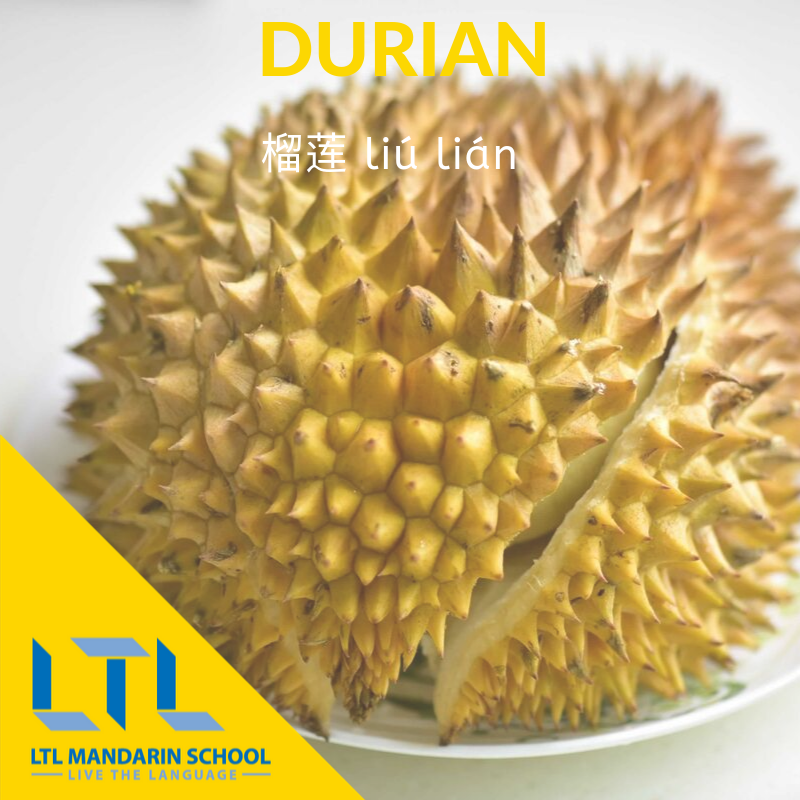
The same cannot be said for Durian however.
The curse of many a foreigner, but why?
There is rarely a food, let alone Chinese fruit, that can split opinion so much like the Durian can.
Loved by locals and hated by foreigners. Let’s try and discover why.
Why is Durian hated? The odour itself is not pleasant, not pleasant at all to be frank. Trust us when we say that too. Take Singapore as an example. They have actually banned Durian from their Metro! THAT’S how bad it is
Despite this, a large portion of Chinese can’t get enough of its fleshy texture and taste. The Durian, in fact, is so loved in China that you can even get your hands on Durian sweeties and (cover your eyes Italian readers) Durian PIZZA.
Again trust us when we say, DO NOT TOUCH THEM!
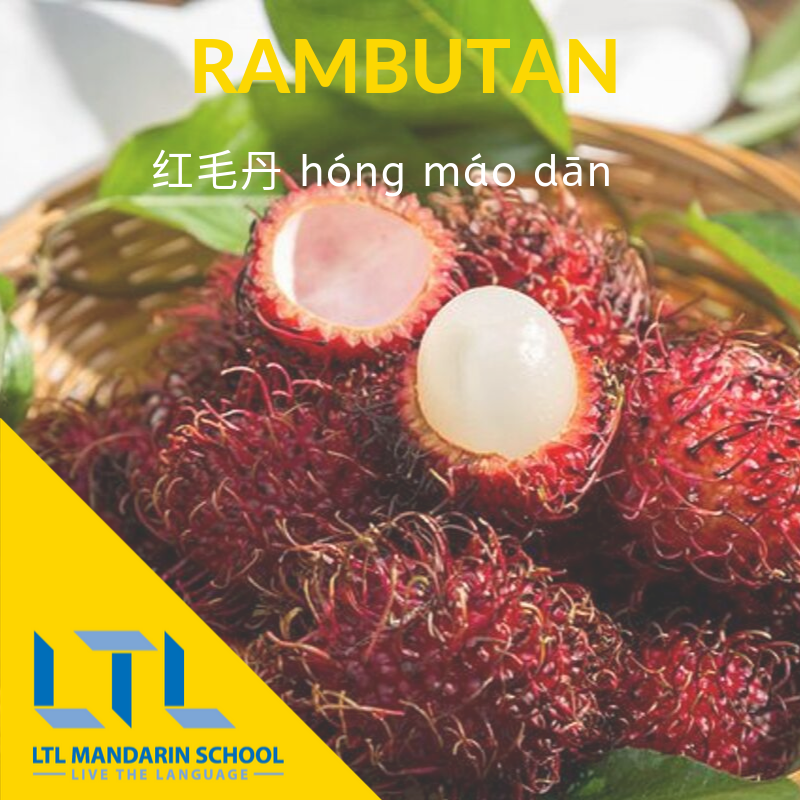
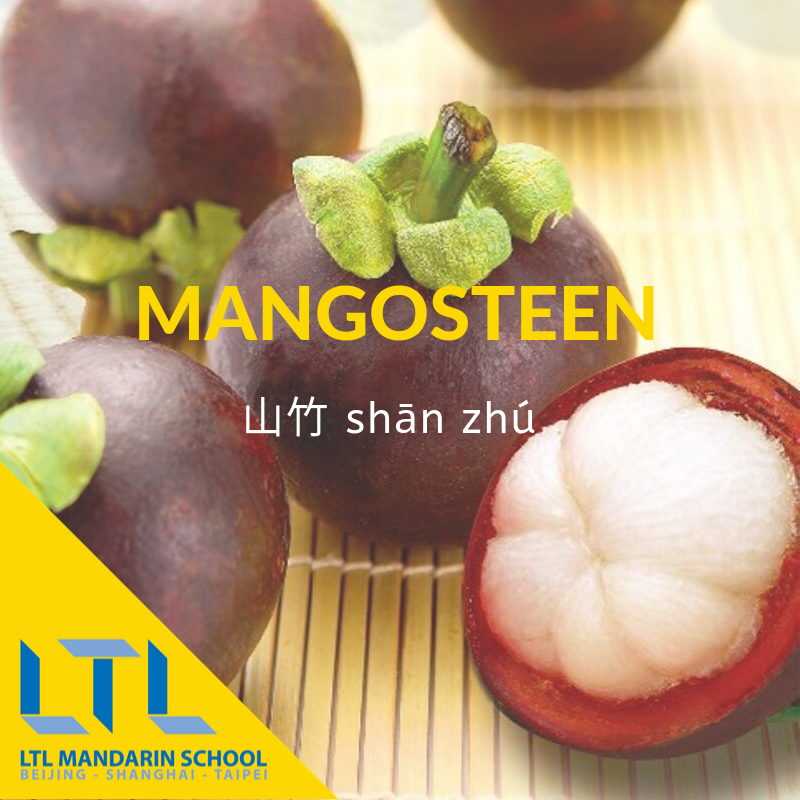
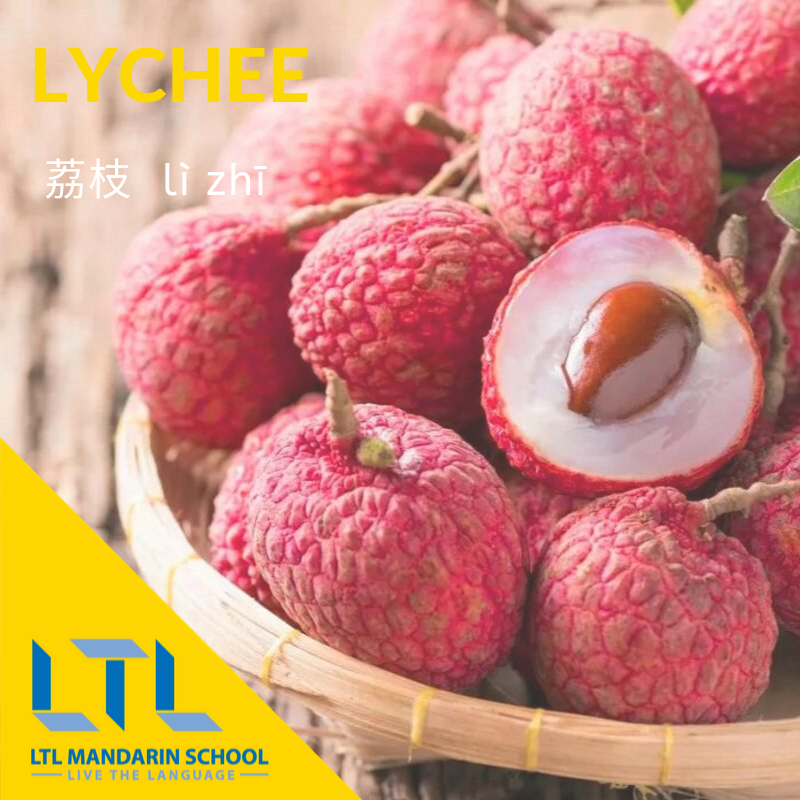
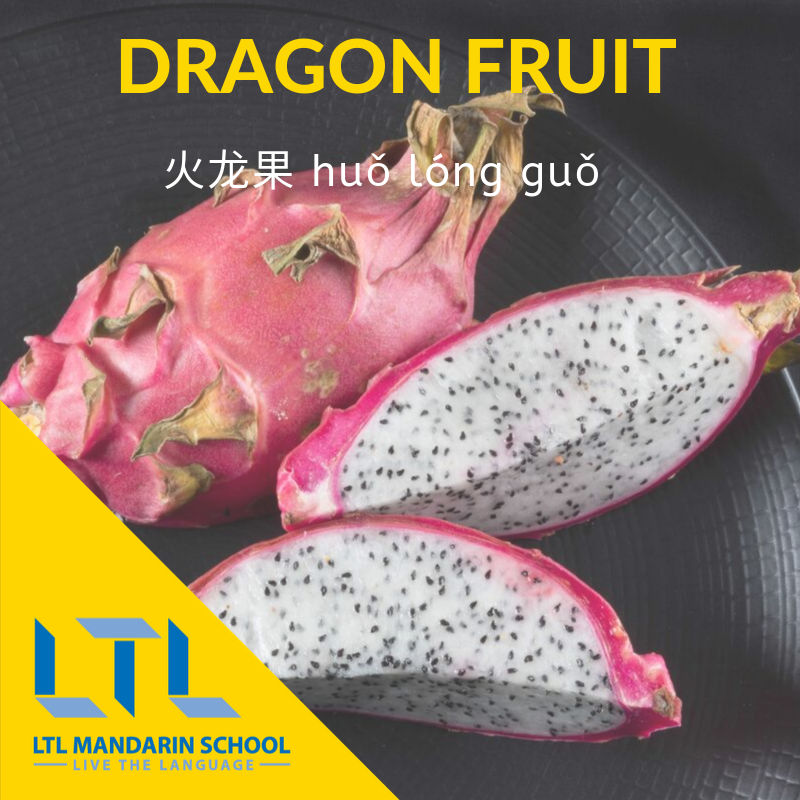
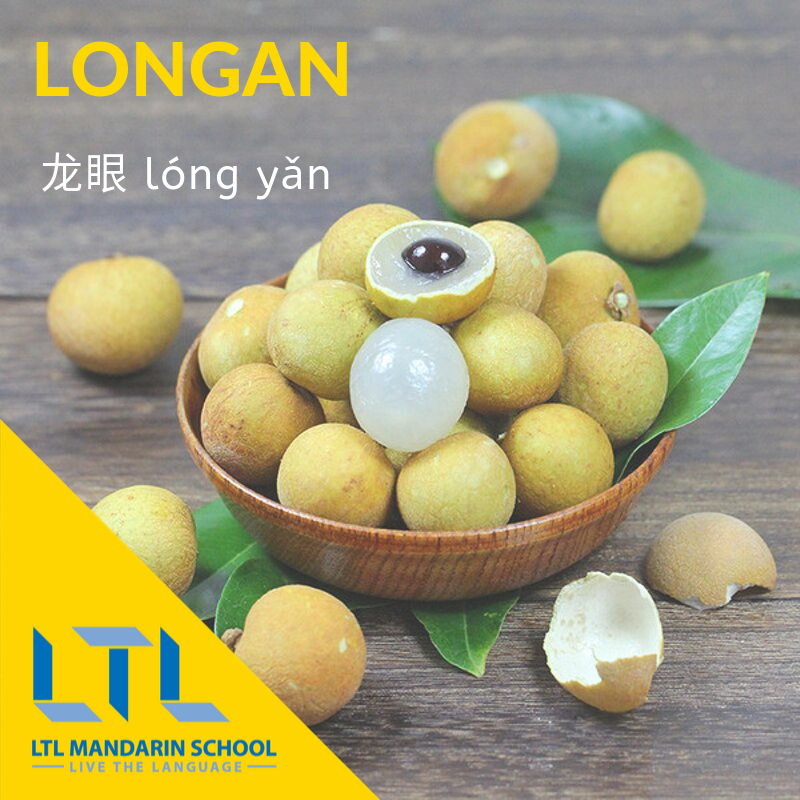
They might all look a little bit weird, sure, but they actually are very tasty! Well…except maybe for the durian, people either hate it, or love it. But you’ll have to try to know 😉
Enjoyed our guide to Chinese fruit blog? We make weekly content to help you learn mandarin and get an understanding of Chinese culture, history, food, religion, travel and much more!
Fruit in Chinese || Quiz
Fruit in Chinese || FAQs
How to say Fruit in Chinese?
Fruit in Chinese is pronounced “shuǐ guǒ” and the Chinese characters for fruit are 水果.
How to say Apple in Chinese?
Apple in Chinese is 苹果 píng guǒ.
How to say Mango in Chinese?
Mango in Chinese is 芒果 máng guǒ.
How to say Banana in Chinese?
Banana in Chinese is 香蕉 xiāngjiāo.
What is Chinese hawthorn fruit?
Chinese hawthorn fruit is also known as crataegus pinnatifida or mountain hawthorn. It’s native to Europe, North Africa and West Asia.
It’s the fruit that comes from a small tree that is bright red. It’s used in desserts, jelly, jam and wine as well as a digestive aid in traditional Chinese medicine.
What fruit represents luck and prosperity in Chinese New Year?
Fruits considered to bring luck and prosperity in Chinese New Year are oranges (abundance and happiness), pomelos (good luck and family unity), grapes, plums, jujube and kumquats (good luck and prosperity).
What fruits are grown in China?
The fruit industry is ranked 3rd for China in terms of production after grain and vegetables.
China produces most of the fruits seen on this list but can be restricted geographically as more tropical fruit such as pineapple, mangos and bananas are grown in the Guangdong region, while more resilient fruits can be grown in other regions.
More exotic fruits commonly grown and consumed in China are durian, dragonfruit, rambutans, bayberries, mangosteens, persimmons, lychees, pomelos and jujubes.
Want more from LTL?
If you wish to hear more from LTL School why not join our mailing list.
We give plenty of handy information on learning Chinese, useful apps to learn the language and everything going on at our LTL schools.
FANCY SOME FREE ONLINE LESSONS? Grab a free 7 day trial and come and see why our LTL Flexi Classes are taking language learning to a whole new level.
Sign up below and become part of our ever growing community!
![[𝗢𝗟𝗗] LTL Beihai Logo](https://old.ltl-beihai.com/wp-content/sites/17/logo-ltl-header.png)

 Hi, my name is Mojca! I am from Slovenia in Europe and I work as a student advisor at our Shanghai school.
Hi, my name is Mojca! I am from Slovenia in Europe and I work as a student advisor at our Shanghai school.



20 comments
[…] can buy durian as a whole, fresh fruit from some stores or fruit stands, although cutting it open and preparing it is no small […]
[…] like toilet paper. There is also a specific section for fresh food (生鲜 shēng xiān) such as fruits and […]
[…] with a number of other vocabulary blogs, many of the sports hinge on learning a couple of key […]
[…] than sitting down for brunch in Beijing with a stack of pancakes topped with syrup, fresh fruit, ice cream and a dollop of […]
[…] – (literal) deep-rooted and as firmly attached as fruit is to the […]
[…] measure words for fruit and vegetables tend to describe the size and shape of them. There are also some fruit or vegetables […]
This is super helpful! Thank you for this, I always struggle in remembering the names for different fruits in Chinese.
[…] Scopri più frutti in Cinese. […]
[…] with various dishes that are seen as lucky to eat at New Year, there are also certain fruits that are also considered to bring good […]
[…] adding pineapple a criminal act or a genius […]
[…] Watch now : https://old.ltl-beihai.com/fruit-in-chinese/ […]
Way more fruits than I imagined!
There really are Jef!
Very useful 🙂
Many thanks 🙂
Rambutan is not 荔枝(Lychee) which was already listed. Rambutan is actually called 红毛丹 (Hóng Máo Dān).
Good spot! We made the edit Charlie. Many thanks
I like these topics very much.
Thanks Julia 🙂
[…] And what about some of the most important fruits in Chinese. […]